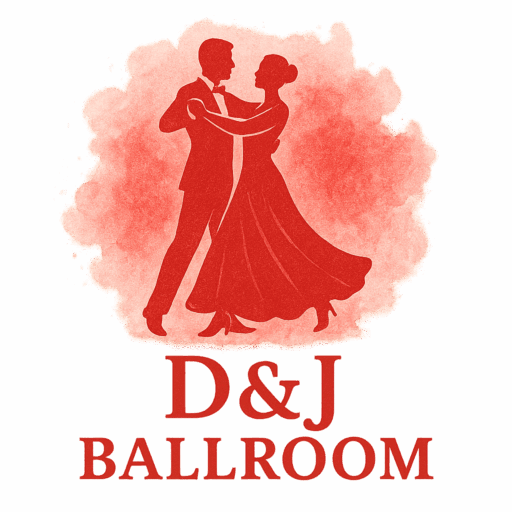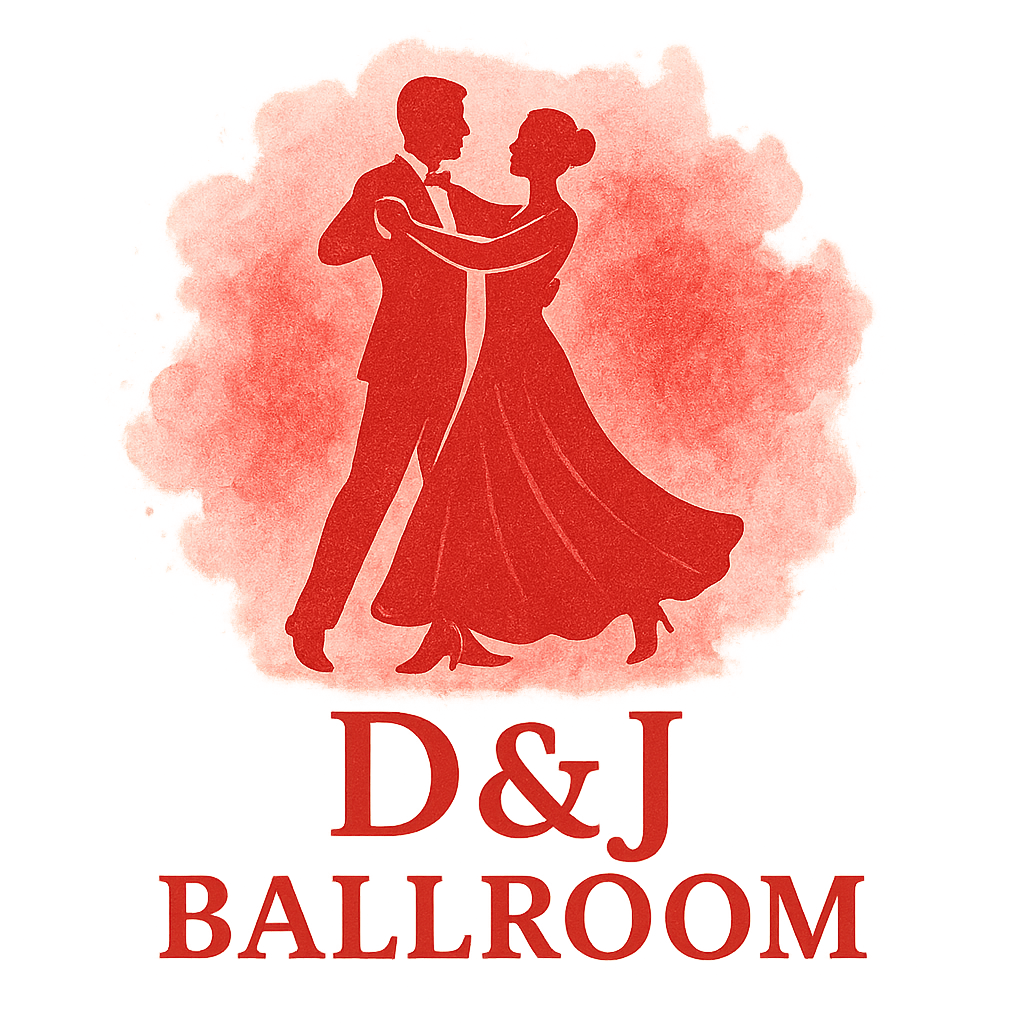Introduction
So, you’ve fallen in love with ballroom dancing—and now you’re trying to master those stunning spins and elegant turns, right? Whether you’re a beginner aiming for smoother transitions or an intermediate dancer hoping to sharpen your performance, nailing your turns and spins in ballroom dancing is a total game changer.
Let’s break it down with 7 actionable, practical, and totally doable tips that can take your spins from “meh” to “mesmerizing”—with a few fun analogies, clear guidance, and links to awesome ballroom resources from D&J Ballroom to help you go deeper.
Understanding Turns and Spins in Ballroom
Before we dive into the juicy tips, let’s clear up what we mean when we talk about turns and spins in ballroom dance.
The Role of Technique
Turns and spins aren’t just about going around in a circle. They’re about precision, balance, grace, and—most importantly—technique. Whether you’re doing a waltz or a tango, every spin relies on coordination, timing, and control. You’ll want to explore more on Ballroom Techniques & Training for a deep dive into these skills.
Types of Turns and Spins in Ballroom
Not all turns are created equal. Let’s take a peek at a few of the most common.
Natural Turn
Found often in the Waltz, the Natural Turn flows to the right, allowing partners to rotate with the line of dance.
Reverse Turn
The counterpart to the Natural Turn, the Reverse Turn rotates to the left and is frequently used in Foxtrot and Quickstep.
Spot Turns
These are often seen in Latin styles like Cha-Cha and Rumba, where the dancer turns on the spot, often solo.
For more on these and other turn types, check out Ballroom Dance Styles.
Tip 1: Perfect Your Posture
Why Posture Impacts Spins
Ever tried spinning with your shoulders slouched and your back curved? Don’t. Good posture is the foundation of clean, controlled turns.
Exercises to Improve Alignment
Try wall stands, shoulder rolls, and planks to build awareness of your spine and strengthen supportive muscles. Imagine a string pulling you straight up from your head—that’s your posture goal.
Explore related exercises on the Ballroom Training tag for more insights.
Tip 2: Strengthen Your Core
Balance Starts from the Center
Spins throw your body into motion, and your core is what brings you back into balance. Think of your core as your internal gyroscope—it keeps you from toppling over.
Simple Drills for Core Control
Start with basic Pilates or yoga routines. Balance on one foot with your arms in frame position. Incorporate twists to mimic the rotational forces of a real spin.
More drills are found under Dance Drills.
Tip 3: Use Your Head (Spotting Technique)
What Is Spotting?
Spotting is when your head stays fixed on a single point as your body turns, then quickly whips around to catch that point again. It’s what prevents dizziness and helps with spin direction.
Spotting in Different Dance Styles
In Latin, spotting is quicker and snappier. In Waltz and Tango, it’s more fluid. Curious about style differences? Visit Dance Styles.

Tip 4: Master Weight Transfer
The Subtle Art of Shifting Weight
Turns often go wrong because dancers don’t commit their weight properly. If your weight is halfway between your feet, your balance will be off.
Practicing Weight Transfer with a Partner
Try slow-motion turns, pausing after each shift to feel where your weight lands. Feedback from your partner is gold here.
Explore more on Partner Techniques.
Tip 5: Keep Your Frame Firm Yet Flexible
Partner Connection in Spins
Your frame should be like a suspension bridge—solid, but with a bit of give. A strong, flexible frame lets your partner feel your movement without resistance.
Check out tips on frame posture on Ballroom Attire & Fashion—yes, what you wear impacts your movement!
Tip 6: Practice with Progressive Drills
Drill Ideas for Solo Practice
Practice natural and reverse turns in a mirror. Record yourself, analyze, repeat. Try balancing spins in slow motion to build muscle memory.
Partner-Based Spin Drills
Try dancing turns at half speed with your partner. Focus on one element at a time—weight, spotting, or posture. Add music once your technique feels clean.
Need more guidance? Visit the Training Tag.
Tip 7: Train with a Professional
Benefits of Expert Feedback
You might think your turns look good until someone records you. A coach sees what you don’t and helps fine-tune the little things that make a big difference.
Check out classes and instructors through D&J Ballroom—it’s a great place to find pros who can elevate your skills.
Common Mistakes to Avoid with Turns and Spins
- Over-rotating: More is not always better.
- Too much arm movement: Your arms should support, not swing.
- Poor timing with the music: Rhythm first, rotation second.
- Flat feet: Always rise slightly during spins for better pivot.
Want to understand the cultural side of ballroom? Visit Ballroom History & Culture for context.
Final Thoughts
Turns and spins in ballroom are an art and a science. They’re one of those dance elements that look effortless when done right—but only because of all the hard work behind the scenes. Whether you’re working on your Waltz pivots or your Tango twists, these 7 tips are your roadmap to spinning like a pro.
As always, dance is a journey, not a race. Keep practicing, have fun, and don’t forget to laugh when you fall out of a turn—you’re just one step closer to mastering it.
Be sure to check out more on Ballroom Events & Competitions to see these techniques in action!
FAQs
Q1: How can I stop getting dizzy during spins?
A: Use the spotting technique! Keep your eyes fixed on one point, and whip your head around quickly at the end of each spin.
Q2: What’s the best spin to start with as a beginner?
A: Try the Natural Turn in Waltz. It’s smooth, progressive, and teaches you the basics of rotation and posture.
Q3: Should I wear specific shoes for spinning in ballroom?
A: Absolutely! Ballroom shoes are designed for controlled sliding and turning. Check out tips on the Fashion Tag.
Q4: How do I know if I’m spinning too fast?
A: If your posture breaks or you feel off-balance, slow it down. Speed will come with control.
Q5: Is it okay to practice spins alone?
A: Totally. Solo drills build muscle memory and control. Just make sure you’re practicing with correct posture and alignment.
Q6: What if my partner and I are out of sync on turns?
A: Communication and consistent frame connection help. Practice slow turns together to sync your movements.
Q7: What’s a fun style of ballroom to practice spins in?
A: Tango has sharp, dramatic turns—check out the Tango Tag for inspiration!


